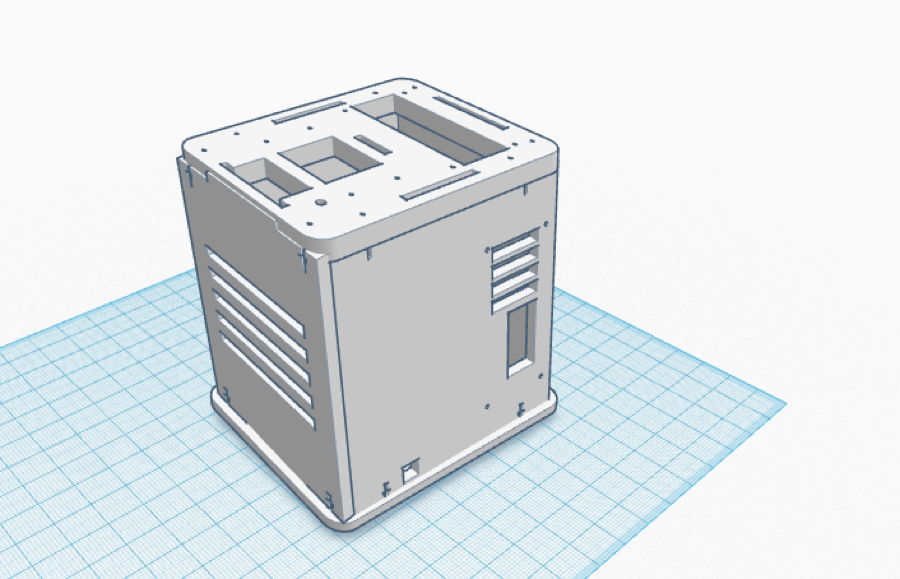BME100 f2015:Group2 1030amL6
| Home People Lab Write-Up 1 | Lab Write-Up 2 | Lab Write-Up 3 Lab Write-Up 4 | Lab Write-Up 5 | Lab Write-Up 6 Course Logistics For Instructors Photos Wiki Editing Help | |||||||
|
OUR COMPANY
Safety Box LAB 6 WRITE-UPBayesian StatisticsOverview of the Original Diagnosis System Our first task was to prepare the solutions for PCR. Primarily, we had two people acquire all of the supplies that we needed. This included the PCR test tubes, the extracted DNA, the two variants of primers, and safety equipment. Two people had the task of marking the tubes in order to label what amount of solutions are designated into that tube. We had two people handle the transferring the correct solutions into the marked tubes. There were three drop images used for determining the values. In order to prevent error, we had two PCR reaction sample controls. A negative control, and a positive control. Additionally, for each patient, we had 3 different replicates in order to be as accurate as possible. For the class’s final data, we had in total 32 total diagnoses. 10 concluded that there is a disease, while 22 concluded that there is not. Additionally, 17 groups in their final conclusions, stated that the results were negative, while 13 stated they were positive. Only 2 of the groups ended up with an inconclusive conclusion. When looking at the frequencies, we can conclude that the test results were relatively consistent with the actual.
What Bayes Statistics Imply about This Diagnostic Approach Calculation one describes the probability that, given a positive PCR reaction, a patient will receive a positive final test conclusion. This number was close to 75%, therefore it was fairly high. This means that the test is reliable. Calculation two, on the other hand, describes the probability that, given a negative PCR reaction, a patient will get a negative final test conclusion. This number was close to 100%. This means that the test is reliable.
One possible source of human error is if the solution gets contaminated with a foreign substance, which could adversely affect the fluorimeter data. Another possible source of error is if the fluorescent dye is exposed to light for an extended period of time, it would also affect the results. Last, if there were a bad photo quality, it could make it hard to determine the results. Intro to Computer-Aided DesignTinkerCAD
Feature 1: ConsumablesStrength: They are easy to use and are precise Weakness: If the fluorescent primer is exposed to light for an extended period of time it will not be as effective The small pipet tips are conveniently packaged so you can insert the pipeter into the pipet tips. The PCR mix is separated into multiple test tubes, with each of them containing a specific amount of solution and different amount of solution. The primer solution is also in test tubes but it covered in aluminum foil to make sure there isn't a loss in efficiency when exposed to light. Feature 2: Hardware - PCR Machine & FluorimeterOpenPCR Strengths: cheap and easy to build. Weaknesses: It takes long time to do the PCR process. There is a 4 x 4 row where you can place the test tubes. The PCR Machine goes through a thermal cycle in which it warms the tubes in a specfic pattern in order to promote the PCR and replicate the DNA.
Strengths: cheap system Weaknesses: The phone had to be in a "makeshift" upright position and the stand had to be closed right after the picture was taken which could pose a problem. A sliding mechanism that is placed on the top of the Fluorimeter that helps get rid of the light in a much easier way. Then there is a place in which you can put your phone in a fixed position that is attached to Fluorimeter and it is able to slide in and out in order to adjust the focus of the camera.
| |||||||






